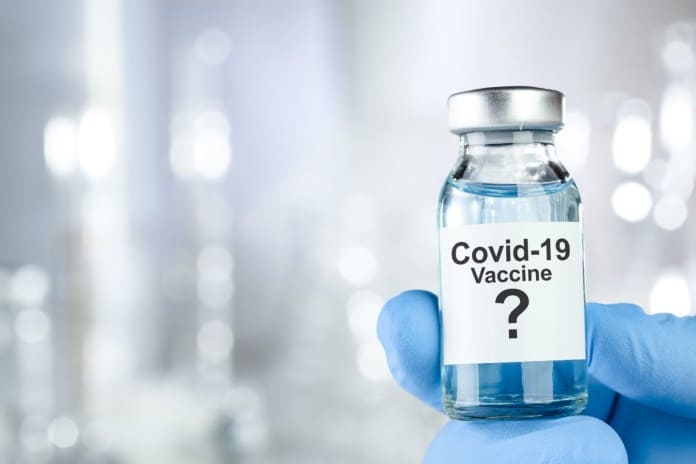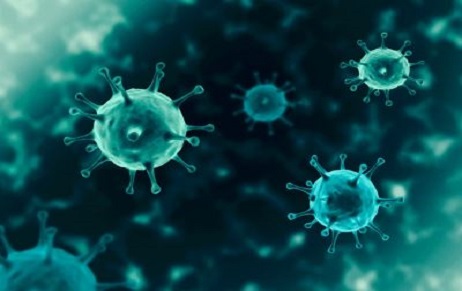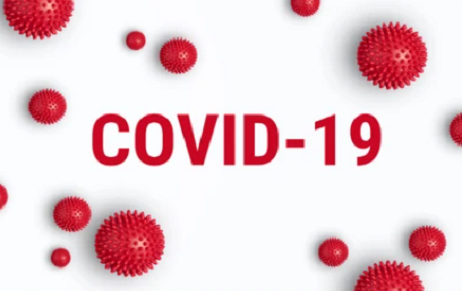COVID-19 & DIGITALISATION IMPEDIMENTS The technology is oft-mentioned as a boon and the Covid-19 has…
The Pandemic and the Vaccine- Licensing Rights in Patent
The first case of novel coronavirus or COVID-19 is estimated to have first occurred at the seafood market of Wuhan, China in December 2019. Little did everyone know that the virus which was first mistaken as the common flu was soon going to change the way of living the entire world.
It all started on December 31st 2019 when China alerted the World Health Organization (WHO) about a new unusual pneumonic disease. By January 7th, 2020 it was confirmed that the respiratory disease is caused by a new virus which was named Cov2019 and was identified as a member of the coronavirus family. On January 30th, 2020 the WHO declared it a global emergency and by March a pandemic forcing the world into a state of lockdown. The virus has since then affected more than 16 million worldwide and has resulted in a monetary loss that could be between 5.8 to 8.8 trillion USD as per a report by the Asian Development Bank.[1]
The Covid 19 virus is highly contagious and has changed the way of living. Masks, social distancing, and small gatherings are becoming the new “normal”. Governments and organizations across the globe have tried everything to flatten the curve, from rigorous testing to complete lockdown but have failed. everyone living their lives in constant fear, the only hope is that of a vaccine that will give immunity against this virus and make it ancient history.
At present research is going over more than 16 different vaccines around the world. India joining the race of developing a vaccine as well there are lots of questions on the process of development and the ownership of vaccines.
DEVELOPMENT OF VACCINE
The process of developing a vaccine is complex, risky, and costly; this is mostly due to the trial and error nature of the process. The development can be classified into two stages:
- Pre-Clinical stage: It lasts usually 2 to 4 years and involves testing of vaccines in laboratories. This is to test the basic safety of the product using chemical assays and cell tests.
- Clinical stage: This is also a lengthy process and takes approximately 6 to 10 years on average and is divided into further 3 phases.
Since the experiment can go wrong at any stage, the whole process becomes very consuming and time taking. Therefore, developers try to get a patent as soon as possible to ensure the recovery of basic cost and labor.
The patent can be applied at any time during the process. Since the granting of a patent is also a long process, it is often applied during the pre-clinical stage. This ensures that the patent would be granted by the time product is ready to be introduced in the market
WHAT IS A PATENT?
“A patent is an exclusive right granted for an invention, which is a product or a process that provides, in general, a new way of doing something, or offers a new technical solution to a problem”[2]
It allows the inventors to restrict everyone else from making, using, or selling their invention. This exclusion creates a monopoly over the invention which helps them in earning profits that would cover the cost of research and development and compensate for the cost of other sources as well.
But this boon soon turns into a bane when the invention in question is a life-saving drug or vaccine. Hence, in order to prevent monopoly over life-saving pharmaceuticals, international IP conventions and organizations have emerged the idea of compulsory licensing. Under compulsory licensing, the government can force the inventors to give license for the manufacturing and sale of their invention to others in exchange for a fee.
COMPULSORY LICENSING UNDER INTERNATIONAL TREATIES
The ICESCR (International Covenant on Economic, Social and Cultural Rights) Art 12 states that “The States Parties to the present Covenant recognize the right of everyone to the enjoyment of the highest attainable standard of physical and mental health.”
TRIPs (Trade-Related Aspects of Intellectual Property Rights) Agreement, Art 31states: “Where the law of a Member allows for other use of the subject matter of a patent without the authorization of the right holder, including use by the government or third parties authorized by the government, the following provisions shall be respected”
Art 5(A) of the Paris Convention also provides for the scope and conditions on the basis of which compulsory licenses can be granted
LICENSING OF COVID VACCINE
The most common question about any developing Covid vaccine is about ownership. It is known as a matter of fact that whosoever will make the vaccine will control the patent. Therefore the licensing will also be controlled by the laws of that nation. The development of vaccines is a global concern as it would not only be a victory for science but a victory of entire mankind. To prevent the inventors from manipulating the world politics or exploiting other nations the WHO and other organizations have come up with a patent pooling initiative
The idea behind a patent pool is that patent holders – companies, governments, researchers, or universities – voluntarily offer, under certain conditions, the intellectual property related to their inventions to the patent pool. Any company that wants to use the intellectual property to produce or develop medicines can seek a license from the pool against the payment of royalties, and may then produce the medicines for use.[3]
In late May 2020, WHO officially launched the COVID-19 Technology Access Pool (C-TAP), a patent pooling initiative first proposed by Costa Rican President Carlos Alvarado. The action is intended to increase public disclosure of gene sequences and data, improve clinical trial result transparency across the globe, and enhance the utilization of clauses in government funding agreements surrounding equitable distribution and affordability. The program at present is officially supported by 39 nations including Brazil, Indonesia, Mexico, Norway, South Africa, the Netherlands, and Zimbabwe.
But with The United States of America, China, India, and most European nations still not being part of C-TAP, the question of the technology pool is still not clear.
CONCLUSION
Covid-19 has changed the world as we know it. Now the big question is will it also change the way of patenting for the better. With the CEO of Serum Institute of India based in Pune, Maharashtra publicly stating that they will not patent the vaccine and would give information to other manufacturers to increase the production and many scientists joining the initiative of no patenting, there is a hope for better and more humane future.
Author: Charul Tripathi, B.Com LL.B(Hons), UILS, Panjab University, Chandigarh, intern at Khurana & Khurana, Advocates and IP Attorneys. In case of any queries please contact/write back to us at [email protected].
References:
[1] https://www.adb.org/news/covid-19-economic-impact-could-reach-8-8-trillion-globally-new-adb-report
[2] https://www.wipo.int/patents/en/
[3] The UNITAID Patent Pool Initiative: Bringing Patents Together for the Common Good




